Trump’s Big Beautiful Bill would transfer wealth from young to older Americans. Here’s how
U.S. President Donald Trump’s sweeping tax-cut legislation would effectively transfer wealth from younger Americans to older generations, nonpartisan analysts say. Though the bill contains tax breaks for parents, newborns, private-school students and other younger Americans, those benefits would be outweighed by the trillions of dollars it would add to the $36.2 trillion national debt, they say. That could push down economic growth over the long term and leave younger people saddled with higher taxes and mortgage payments. “Future generations are kind of left holding the bag,” said Kent Smetters, director of the Penn Wharton Budget Model. The nonpartisan research organization found that a 40-year-old earning close to the median income would effectively lose $7,500 over the course of a lifetime if the bill became law. A 70-year-old with the same income, by contrast, would end up $17,500 richer. Several factors contribute to this disparity. Younger workers, who typically earn less, would not benefit as much from the bill’s income tax cuts compared to those at the peak of their earning years. They would also be more exposed to cutbacks in student aid and the Medicaid health program, which covers four out of 10 hospital births in the United States. “In the short term the benefits are certainly tilted towards higher earners, which is often a good proxy for age,” said Jessica Riedl of the conservative Manhattan Institute. But the biggest factor, analysts say, is the $3 trillion the bill would add to the national debt. That is likely to push up interest rates in the years to come and require the government to devote a growing portion of its budget to debt service rather than other purposes. “There is an obvious intergenerational transfer here,” said John Ricco of the Yale Budget Lab, which found that the bill would add $4,000 to the annual cost of a home mortgage in the year 2055, when today’s newborns will be 30 years old. Republican lawmakers say the bill, which passed the House of Representatives and is now pending in the Senate, would help younger Americans by putting Medicaid on a more sustainable footing and boosting economic growth and entrepreneurship, which would help younger people entering the workforce. The bill also follows through on Trump’s campaign promises by carving out new tax breaks for tipped income and overtime pay, which Republicans say could help younger workers in service and hourly wage jobs. SAVINGS ACCOUNTS The bill also would set up $1,000 savings accounts for newborns and expand a child tax break, though the details differ between the House and Senate versions of the bill. No. 2 House Republican Representative Steve Scalise said after the bill’s passage in May that the legislation would increase take-home pay for a median income household with two children by $4,000 to $5,000. That calculation, however, does not factor in the increased costs many lower- and middle-income families would have to pay for health care, student loans and groceries due to the bill’s cutbacks in those areas. The Congressional Budget Office and other outside analysts have found that those costs would outweigh any savings those households might gain from tax cuts, while the child tax credit and other targeted tax breaks also would not be fully available to low-income families. That pattern holds true for poor Americans of all ages. The bill includes a targeted tax break for people over 65 promised by Trump during last year’s election, but many do not pay enough income tax to qualify for it, said Brendan Duke of the left-leaning Center on Budget and Policy Priorities. “The tax cuts basically do nothing for the lower-income half of seniors,” he said. Still, those seniors benefit from another Trump campaign promise, as the bill spares Medicare, the health plan for seniors, and Social Security, the U.S. pension program, from the sort of cost-cutting it applies to Medicaid. Medicare and Social Security are growing rapidly as the population ages, crowding out other government spending, and are projected to run short of funds in 2033. But Trump and his Democratic rivals have both vowed to shield the two politically popular programs from restructuring, which will leave future generations to confront the problem. “I think ultimately Republican and Democratic lawmakers have been engaged in intergenerational theft for a long time,” Riedl said. —Andy Sullivan, Reuters

U.S. President Donald Trump’s sweeping tax-cut legislation would effectively transfer wealth from younger Americans to older generations, nonpartisan analysts say.
Though the bill contains tax breaks for parents, newborns, private-school students and other younger Americans, those benefits would be outweighed by the trillions of dollars it would add to the $36.2 trillion national debt, they say.
That could push down economic growth over the long term and leave younger people saddled with higher taxes and mortgage payments.
“Future generations are kind of left holding the bag,” said Kent Smetters, director of the Penn Wharton Budget Model.
The nonpartisan research organization found that a 40-year-old earning close to the median income would effectively lose $7,500 over the course of a lifetime if the bill became law. A 70-year-old with the same income, by contrast, would end up $17,500 richer.
Several factors contribute to this disparity.
Younger workers, who typically earn less, would not benefit as much from the bill’s income tax cuts compared to those at the peak of their earning years. They would also be more exposed to cutbacks in student aid and the Medicaid health program, which covers four out of 10 hospital births in the United States.
“In the short term the benefits are certainly tilted towards higher earners, which is often a good proxy for age,” said Jessica Riedl of the conservative Manhattan Institute.
But the biggest factor, analysts say, is the $3 trillion the bill would add to the national debt. That is likely to push up interest rates in the years to come and require the government to devote a growing portion of its budget to debt service rather than other purposes.
“There is an obvious intergenerational transfer here,” said John Ricco of the Yale Budget Lab, which found that the bill would add $4,000 to the annual cost of a home mortgage in the year 2055, when today’s newborns will be 30 years old.
Republican lawmakers say the bill, which passed the House of Representatives and is now pending in the Senate, would help younger Americans by putting Medicaid on a more sustainable footing and boosting economic growth and entrepreneurship, which would help younger people entering the workforce.
The bill also follows through on Trump’s campaign promises by carving out new tax breaks for tipped income and overtime pay, which Republicans say could help younger workers in service and hourly wage jobs.
SAVINGS ACCOUNTS
The bill also would set up $1,000 savings accounts for newborns and expand a child tax break, though the details differ between the House and Senate versions of the bill.
No. 2 House Republican Representative Steve Scalise said after the bill’s passage in May that the legislation would increase take-home pay for a median income household with two children by $4,000 to $5,000.
That calculation, however, does not factor in the increased costs many lower- and middle-income families would have to pay for health care, student loans and groceries due to the bill’s cutbacks in those areas.
The Congressional Budget Office and other outside analysts have found that those costs would outweigh any savings those households might gain from tax cuts, while the child tax credit and other targeted tax breaks also would not be fully available to low-income families.
That pattern holds true for poor Americans of all ages.
The bill includes a targeted tax break for people over 65 promised by Trump during last year’s election, but many do not pay enough income tax to qualify for it, said Brendan Duke of the left-leaning Center on Budget and Policy Priorities.
“The tax cuts basically do nothing for the lower-income half of seniors,” he said.
Still, those seniors benefit from another Trump campaign promise, as the bill spares Medicare, the health plan for seniors, and Social Security, the U.S. pension program, from the sort of cost-cutting it applies to Medicaid.
Medicare and Social Security are growing rapidly as the population ages, crowding out other government spending, and are projected to run short of funds in 2033.
But Trump and his Democratic rivals have both vowed to shield the two politically popular programs from restructuring, which will leave future generations to confront the problem.
“I think ultimately Republican and Democratic lawmakers have been engaged in intergenerational theft for a long time,” Riedl said.
—Andy Sullivan, Reuters








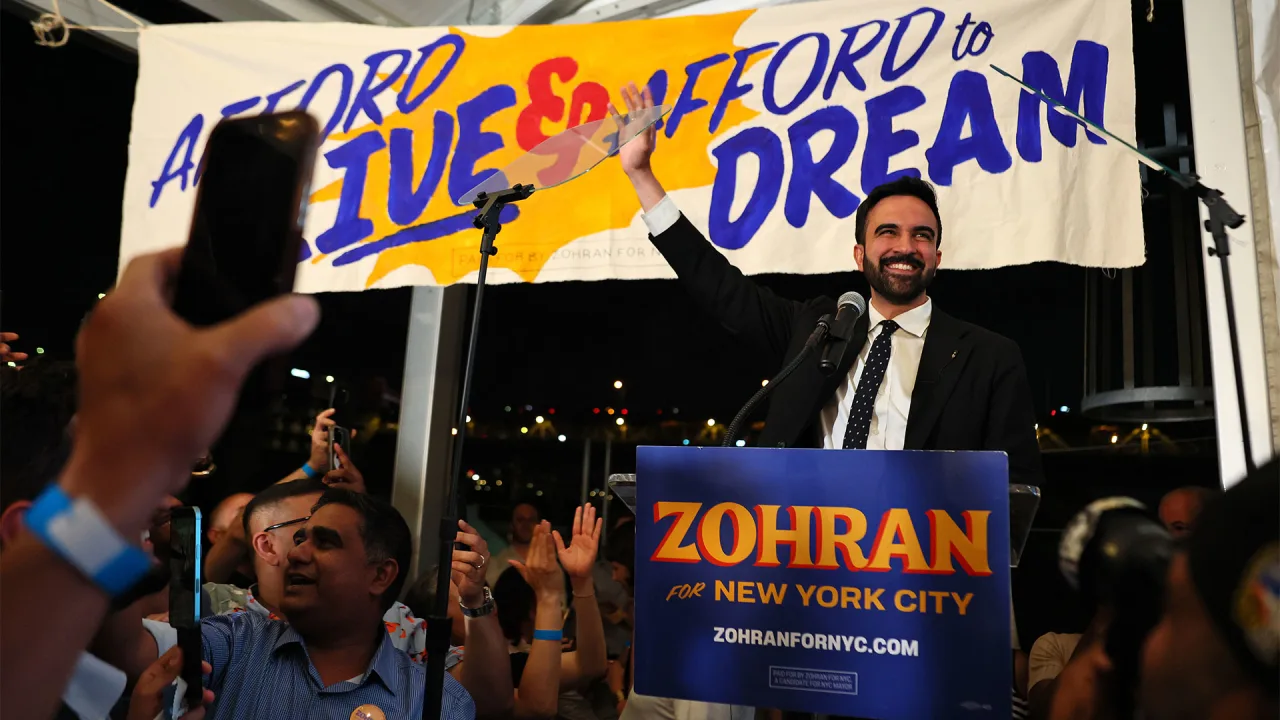


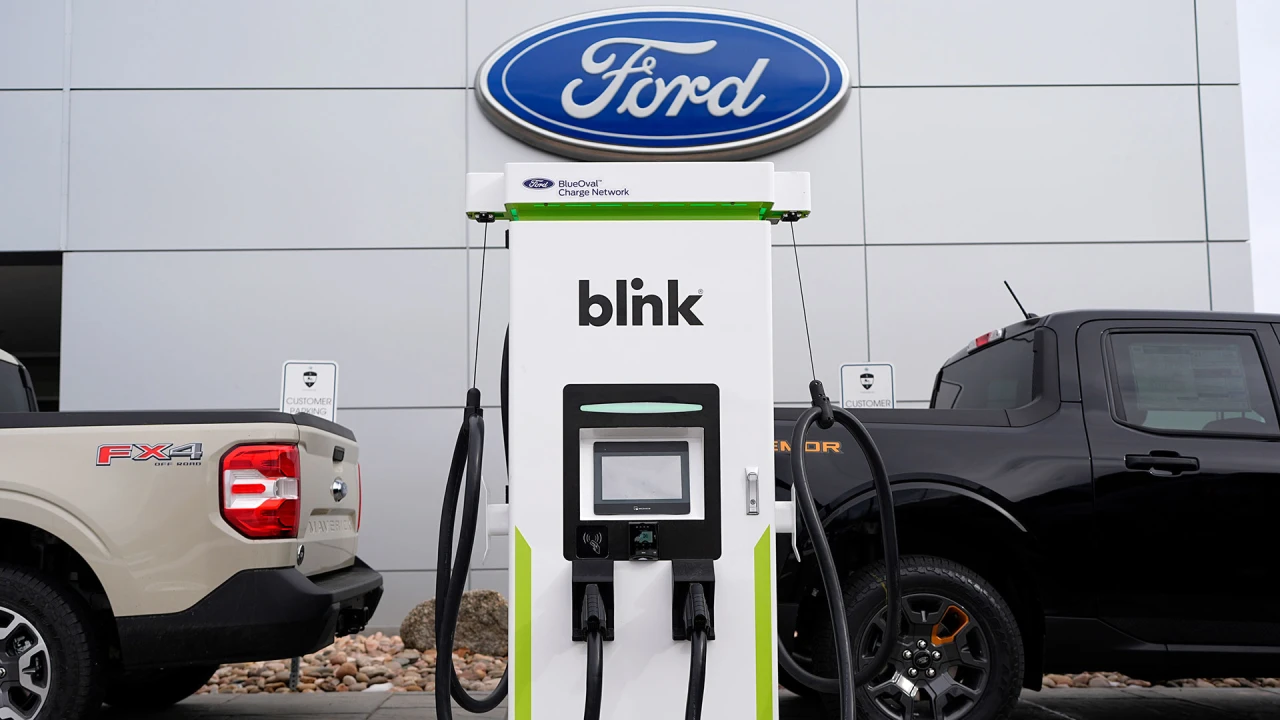

























































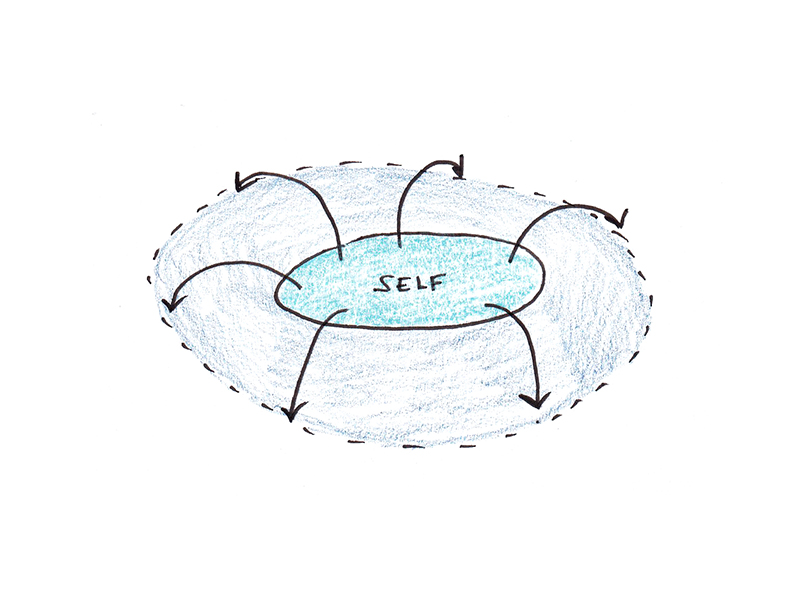
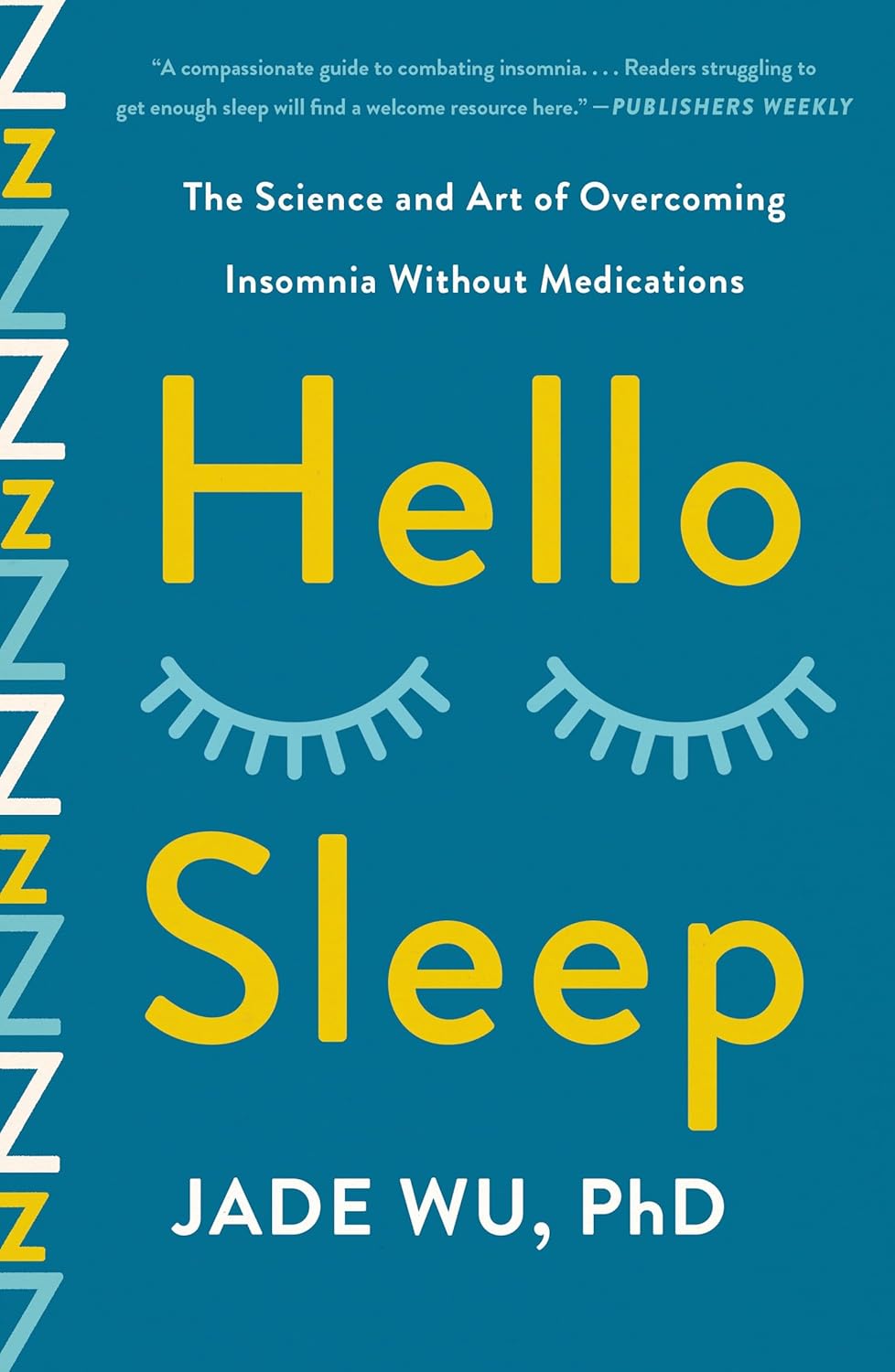
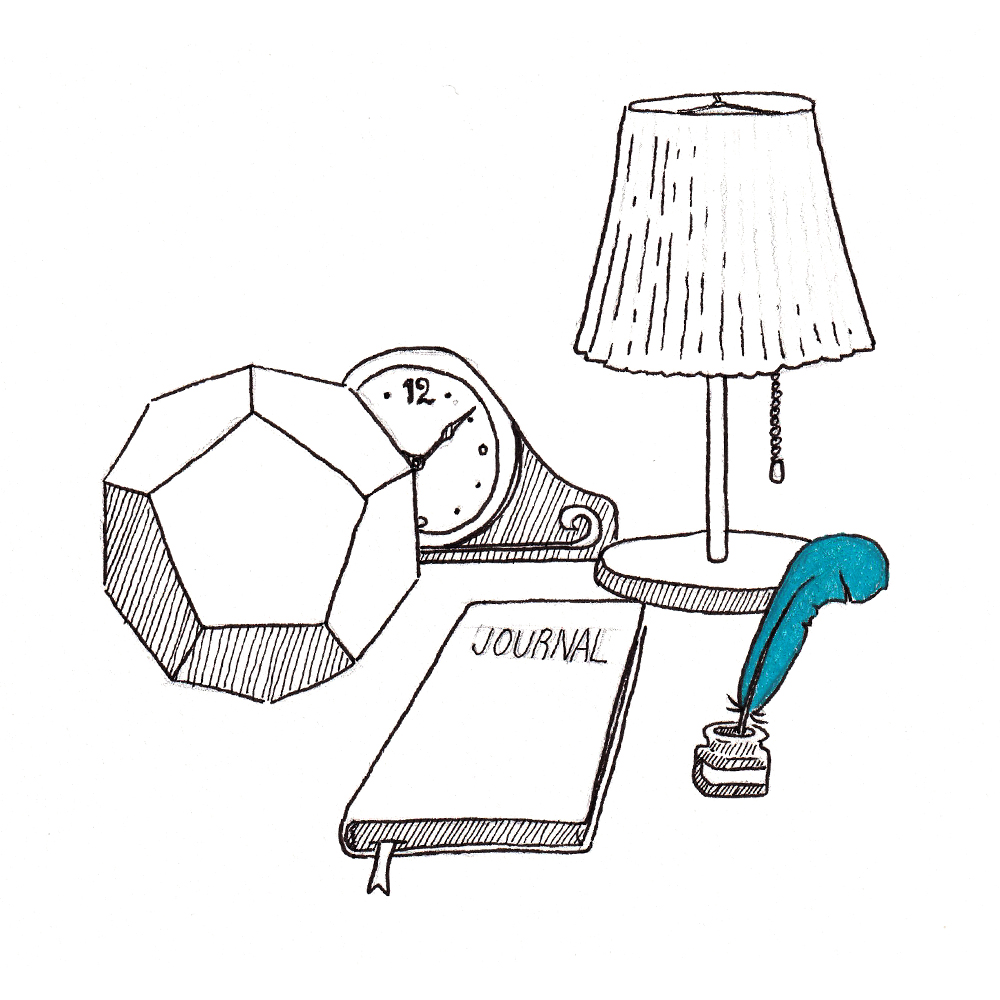













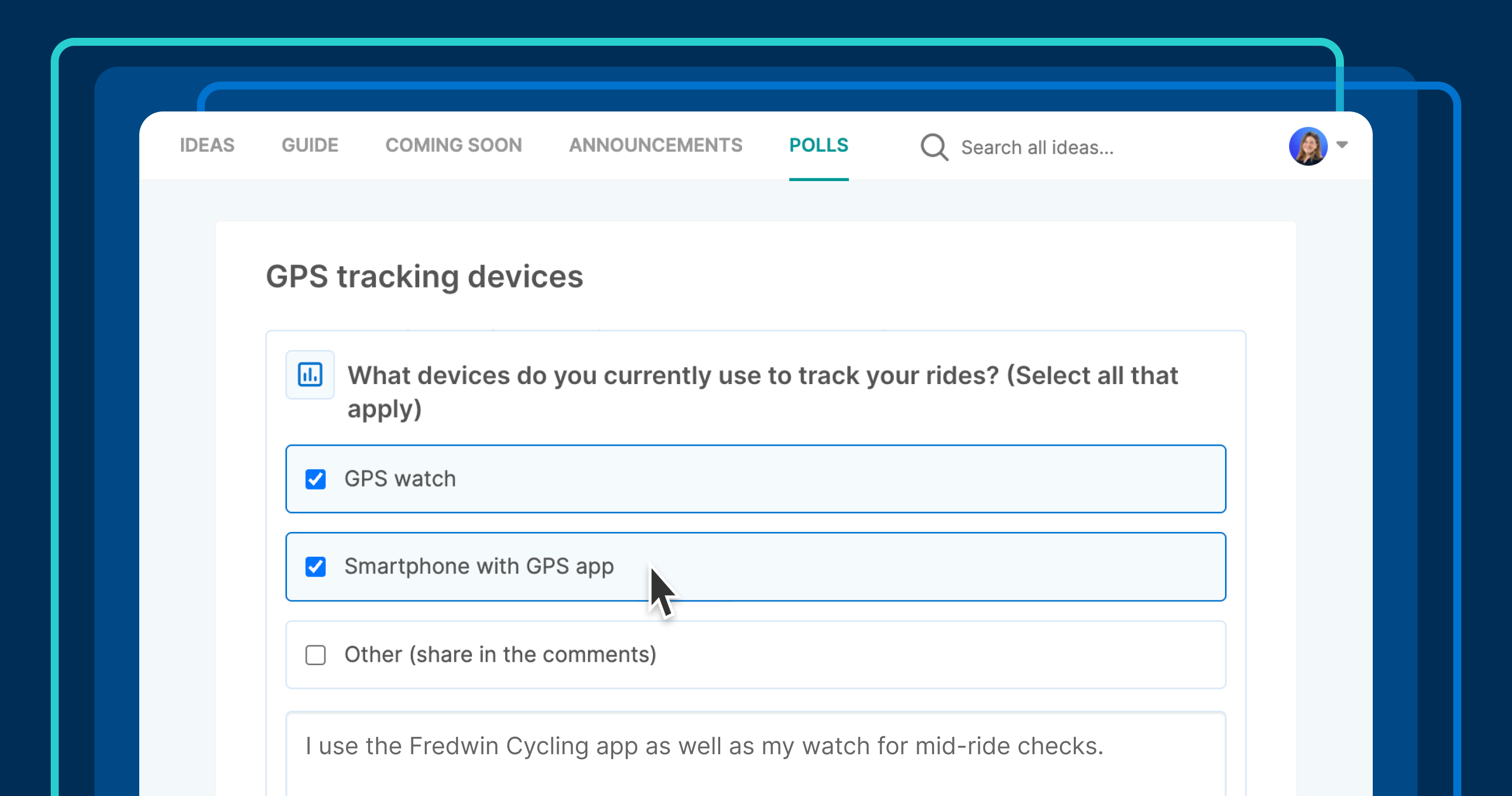



















![Building A Digital PR Strategy: 10 Essential Steps for Beginners [With Examples]](https://buzzsumo.com/wp-content/uploads/2023/09/Building-A-Digital-PR-Strategy-10-Essential-Steps-for-Beginners-With-Examples-bblog-masthead.jpg)


















































